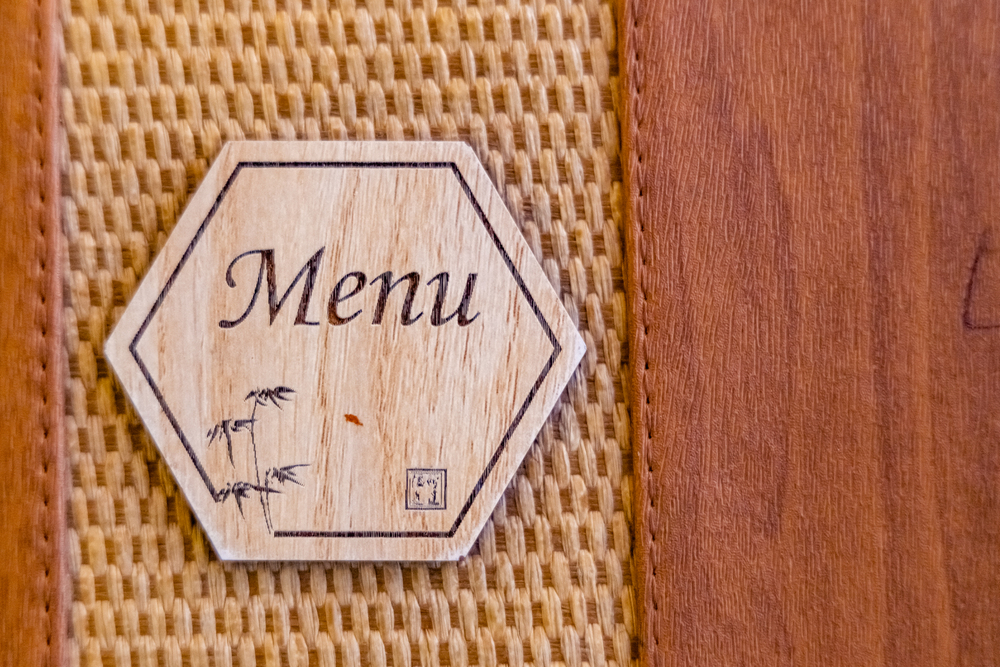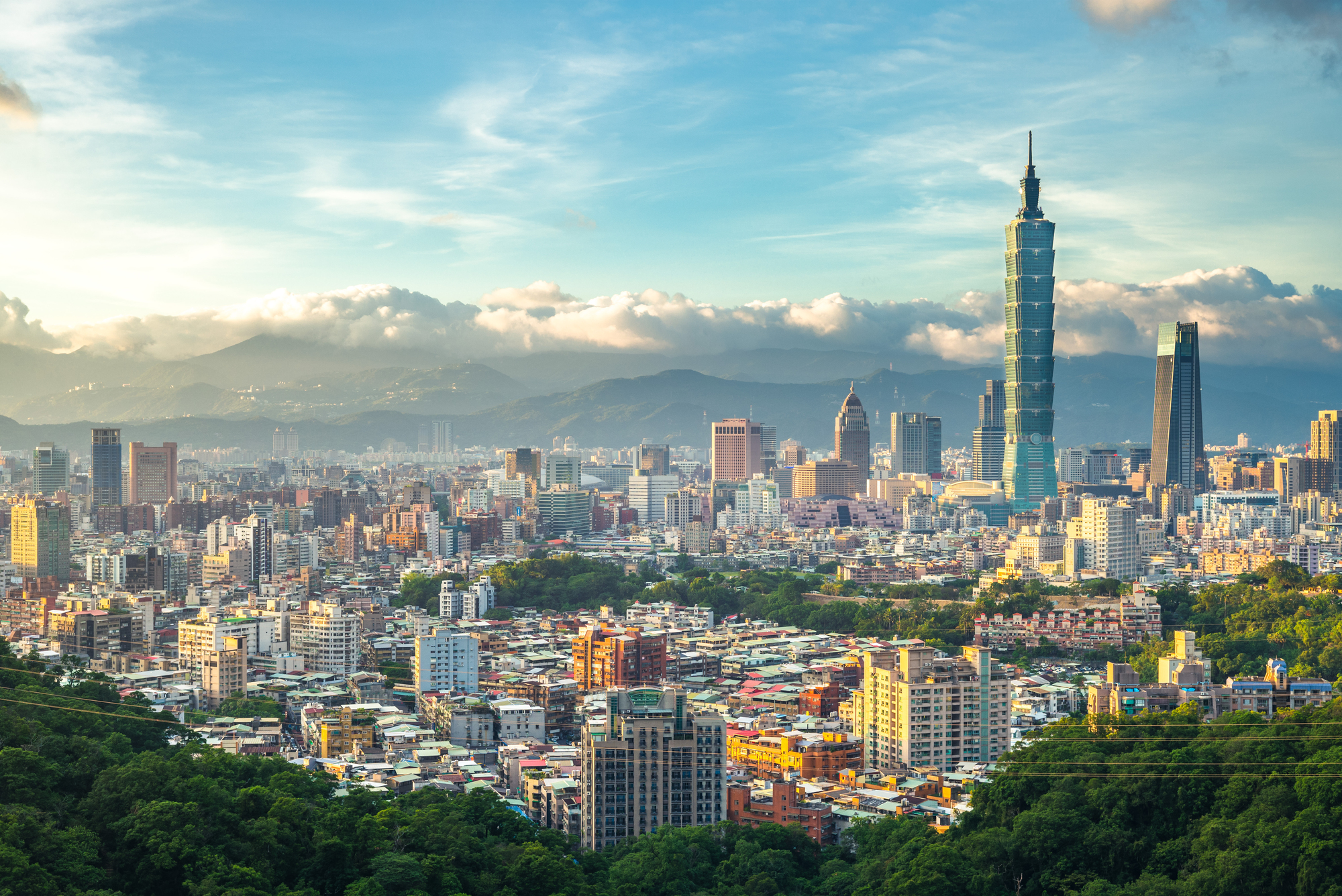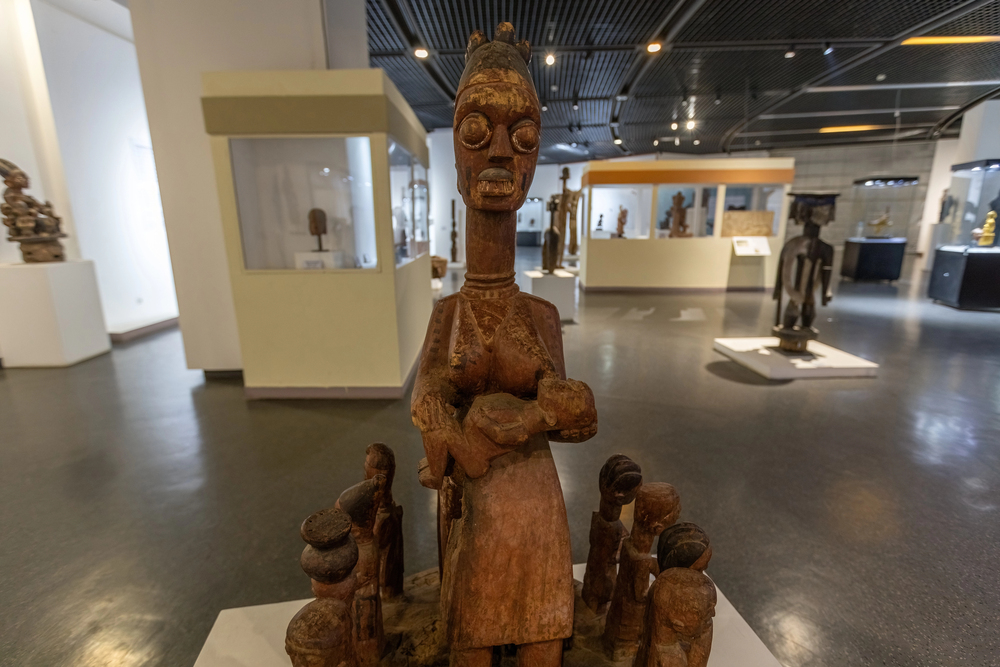Travel advice generally steers you away from restaurants with menu boards featuring faded photographs of dishes and smiling waiters hollering from doorways. The aged wisdom is that these tourist trap restaurants offer second-rate food at inflated prices, and the authentic grub is in the out-of-the-way neighborhoods where locals dine. While this wisdom generally holds true, there is a good argument to be made for actually dining at a tourist trap restaurant at least once while traveling.
Here are 20 reasons you may want to reconsider entirely boycotting these much-disparaged venues and give one a try on your next adventure:
Cultural Performance Art

Tourist restaurants often function as a living theater where servers perform exaggerated versions of local culture. Waiters singing folk songs in Rome or flipping plates in Greece may seem cheesy, but they’re responding to visitor expectations in creative ways.
These performances represent a unique cultural adaptation that develops specifically around tourism economies.
Reliable Safety Standards

A facility that renders services to international travelers is usually compliant with Western kitchen hygiene practices. This is perfect for those particular travelers who have sensitive stomachs or those who have just begun to try new kinds of food outside their culture and would prefer mellow restaurant dishes than going for street food right away.
They minimize the standardized practices to reduce their risk during this delicate period.
Like Travel Pug’s content? Follow us on MSN.
Menu Accessibility

English translations, food photographs, and familiar reference points help overcome language barriers that might otherwise lead to ordering mishaps. These visual aids serve genuine practical purposes for travelers navigating new culinary territory without language skills.
Many authentic local spots lack these navigational tools, making initial culinary exploration challenging.
Shared Tourist Experience

A meal at a visitor-focused restaurant connects you with fellow travelers in ways that atomized authentic experiences might not. Conversations sparked with neighboring tables often lead to unexpected travel tips or even new friendships.
These communal dining rooms function as informal information exchanges where travelers share discoveries.
Panoramic Views

Tourist restaurants frequently occupy prime real estate with spectacular views of major attractions that locals might take for granted. The premium paid for mediocre pasta besides the Grand Canal in Venice includes an unparalleled ambiance impossible to replicate anywhere else.
Sometimes, the setting itself becomes the primary ingredient in a memorable meal.
Like Travel Pug’s content? Follow us on MSN.
Local Business Support

Despite appearances, many tourist establishments remain family-owned operations that have adapted their business model to survive in high-rent districts. Your patronage supports local entrepreneurs who have found their niche in the tourism ecosystem.
Their economic strategy represents a legitimate adaptation to market forces rather than a cynical exploitation.
Culinary Time Capsules

Tourist menus often preserve traditional dishes that have disappeared from local tables as everyday cuisine evolves. These restaurants sometimes function as living museums of food history, maintaining recipes that might otherwise fade from the culinary landscape.
Their preservation efforts, though commercially motivated, help maintain cultural continuity.
Predictable Comfort

After days of culinary adventure and occasional disappointments, tourist spots provide reliable, familiar options when you need a break from constant novelty. These comfort zones offer necessary psychological respite during extended travel when decision fatigue sets in.
Recognizing this need is not culinary failure, but rather self-awareness about travel’s rhythms.
Like Travel Pug’s content? Follow us on MSN.
Convenient Locations

These restaurants typically operate near major attractions, saving precious time during busy sightseeing days when transportation to distant neighborhoods is not practical. Their strategic positioning serves a legitimate logistical function in travel planning.
Time spent traveling to remote, authentic spots sometimes costs more than the premium paid for convenient dining.
Photo Opportunities

Many tourist venues create Instagram-worthy settings with distinctive decor elements that make memorable backdrops. These photogenic environments offer visual souvenirs that capture the essence of a destination.
The theatrical atmosphere provides a different kind of authenticity—one that acknowledges the performance aspect of travel itself.
Fixed Pricing

Tourist establishments usually display clear prices without unexpected charges, which sometimes appear in more local venues with unwritten customs. This transparency helps travelers budget effectively without encountering cultural misunderstandings about service expectations.
Fixed pricing reduces anxiety for those unfamiliar with local tipping practices.
Like Travel Pug’s content? Follow us on MSN.
Extended Hours

Restaurants serving visitors typically maintain longer operating hours aligned with sightseeing schedules rather than local mealtimes. This accessibility accommodates jet lag and different cultural norms around appropriate dining times.
When authentic local spots close during traditional afternoon breaks, tourist restaurants provide necessary alternatives.
Cultural Compromise

The adapted cuisine found in tourist spots represents a fascinating middle ground between authentic local cooking and international palates. These culinary compromises tell stories about globalization and cross-cultural exchange.
Studying the adaptations reveals much about how cultures accommodate each other through food.
Conversation Starters

Experiencing the occasional tourist trap gives you conversational context when locals inevitably ask your opinion about popular spots in their city. Firsthand experience allows you to engage in nuanced discussions rather than simply repeating travel guide warnings.
These conversations often lead to more personalized recommendations.
Like Travel Pug’s content? Follow us on MSN.
Souvenir Opportunities

Many tourist-oriented restaurants incorporate gift shops or branded items unavailable elsewhere, offering convenient mementos of your experience. These establishments understand their role in the overall visitor economy and integrate retail opportunities accordingly.
The commercial aspect efficiently combines dining and shopping needs.
Multilingual Staff

Servers in tourist-focused establishments typically speak several languages, making complex dietary restrictions or food allergies easier to communicate. This linguistic accessibility provides essential safety considerations for travelers with specific health concerns.
Communication barriers in authentic local spots can create genuine health risks for some visitors.
Weather Protection

These restaurants often offer climate-controlled environments where authentic street food or local cafés might leave you exposed to uncomfortable weather conditions. During unexpected rainstorms or heat waves, their infrastructure provides welcome practical shelter.
Environmental comfort sometimes outweighs culinary considerations during challenging weather.
Like Travel Pug’s content? Follow us on MSN.
Cultural Expectations

Certain iconic tourist restaurants have become cultural reference points that appear in films, literature, and shared travel narratives. Experiencing these places connects you to a broader cultural conversation about how destinations are represented.
Their significance transcends food quality through their role in cultural storytelling.
Menu Variety

Tourist establishments frequently offer broader menus, attempting to represent an entire national cuisine rather than regional specialties found in local spots. This panoramic approach provides an educational overview of the country’s diverse food traditions.
Their comprehensive menus function as culinary surveys rather than specialized deep dives.
Anthropological Insight

Touristic traps provide fascinating windows into the mechanics of the travel industry and how destinations present themselves to visitors. Viewing these establishments as field studies in tourism rather than failed authentic experiences enriches your understanding of global travel dynamics.
Their very existence reveals important economic and cultural patterns.
Like Travel Pug’s content? Follow us on MSN.
The Value of Perspective

The most skilled travelers recognize that authenticity comes in a variety of forms, and experiences along the tourist-to-local continuum each offer unique viewpoints. Rather than discarding entire categories of sites, encouraging exploration into why these sites exist and whom they cater to adds richness to your travels.
The tourist trap restaurant, visited cautiously and once, has a right to its place in an equalized travel experience—if only to know the choices with greater wisdom. The journey towards more authentic experiences is enhanced by being aware of why the all-too-obvious ones are so enticing and limiting.
More from Travel Pug

- Cities Growing so Fast You Won’t Recognize Them in 10 Years
- 13 Destinations Where Tourists Regularly Regret Their Trip
- 20 Obscure WWII Sites Even History Buffs Don’t Know About
- 10 Under-the-Radar Mountain Towns That Are Both Affordable and Beautiful
- Remote Villages in Europe Where You Can Live for Free in Exchange for Work
Like Travel Pug’s content? Follow us on MSN.
